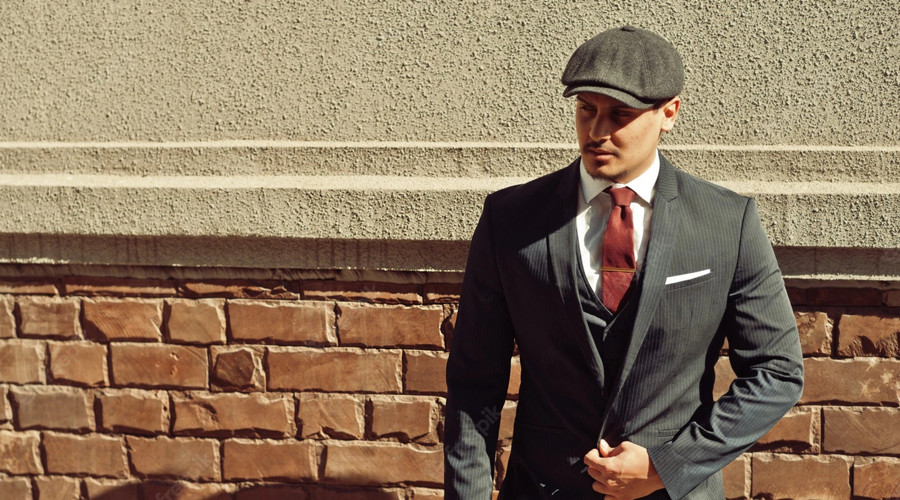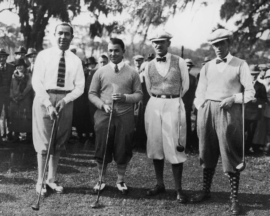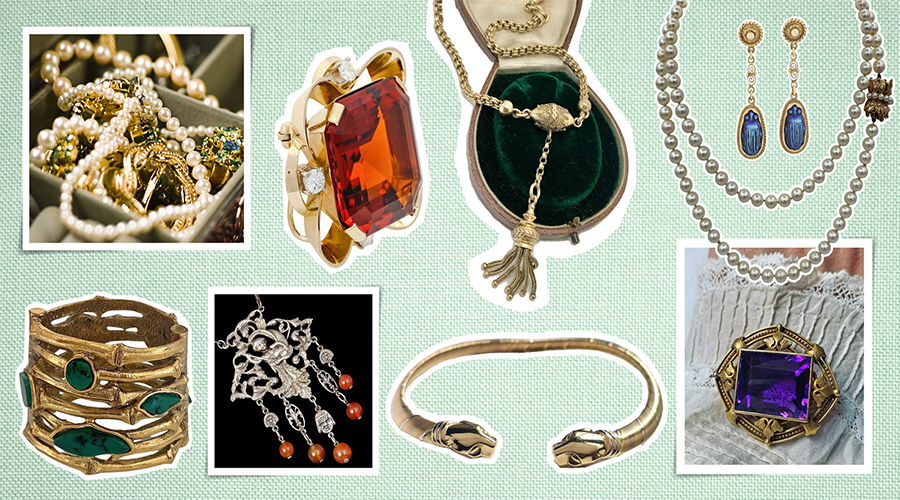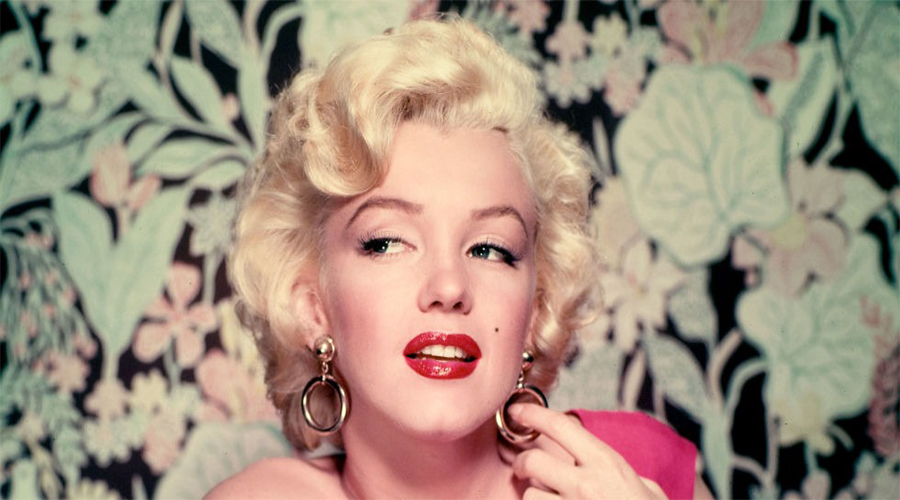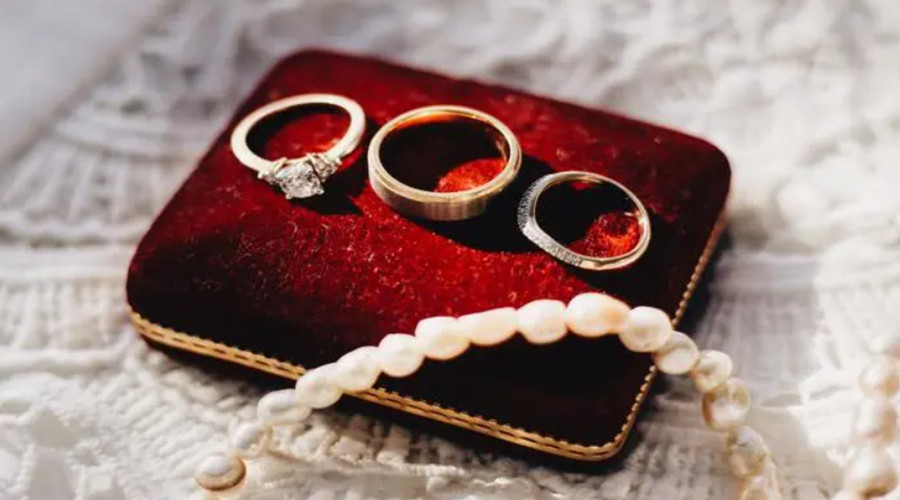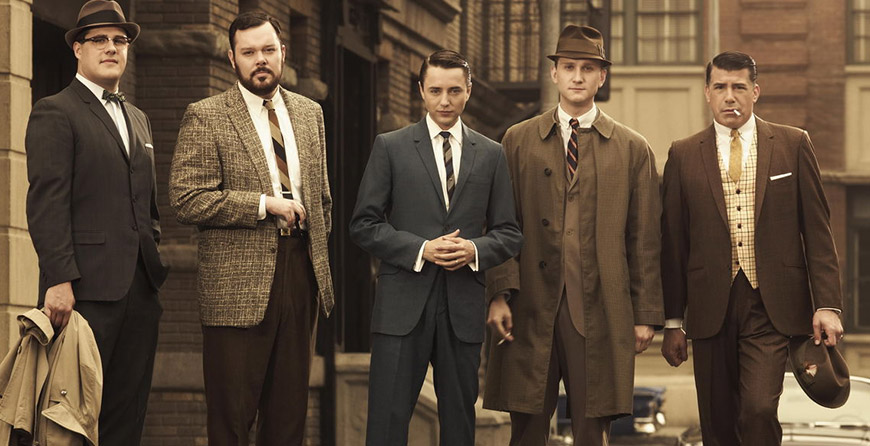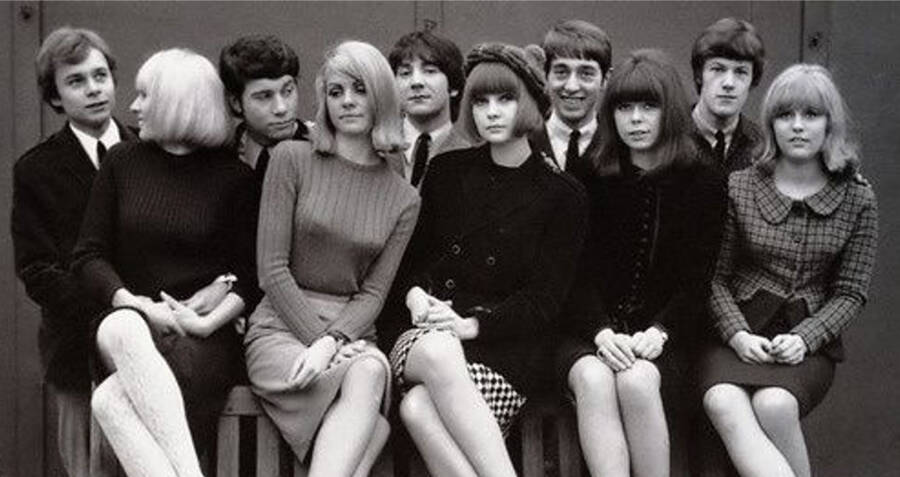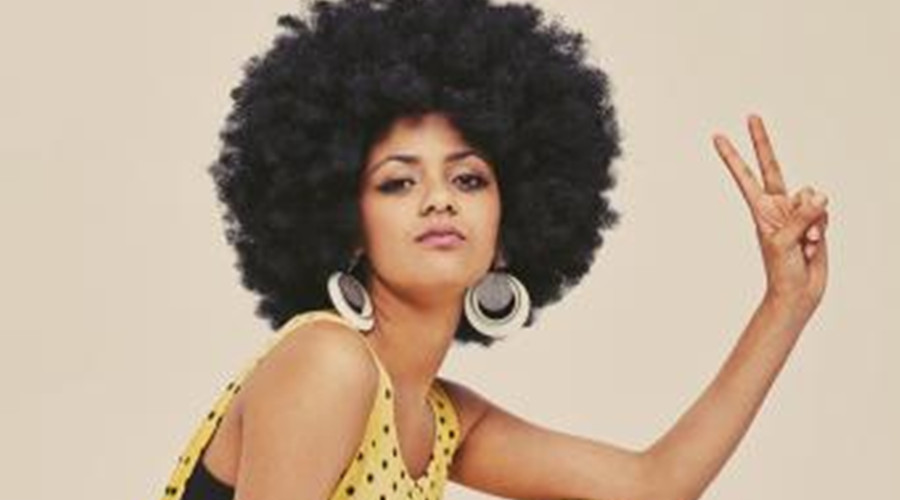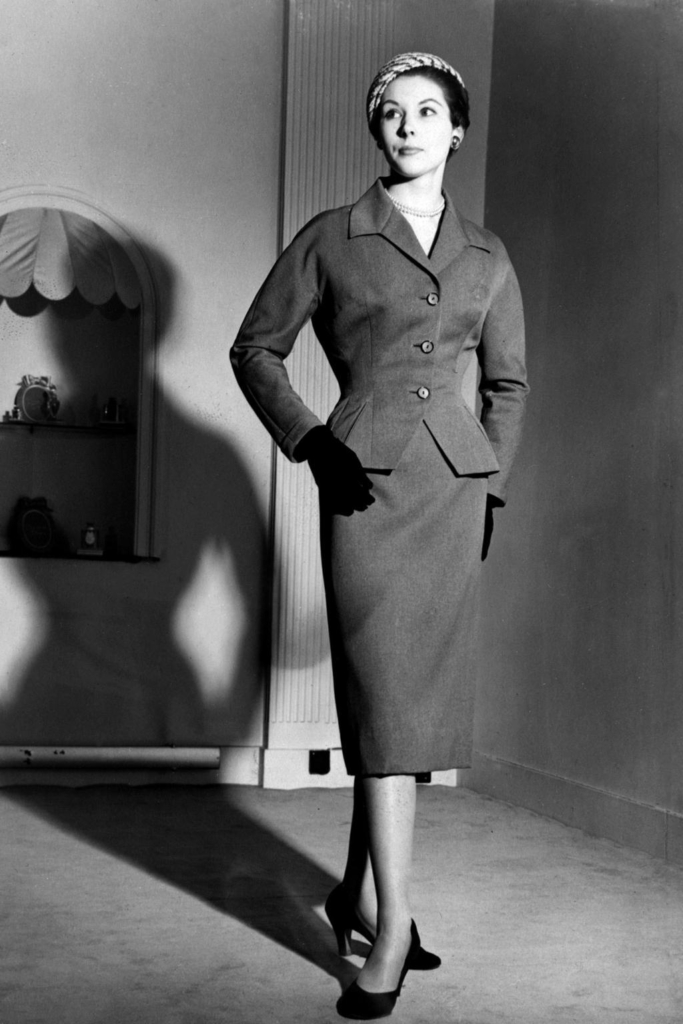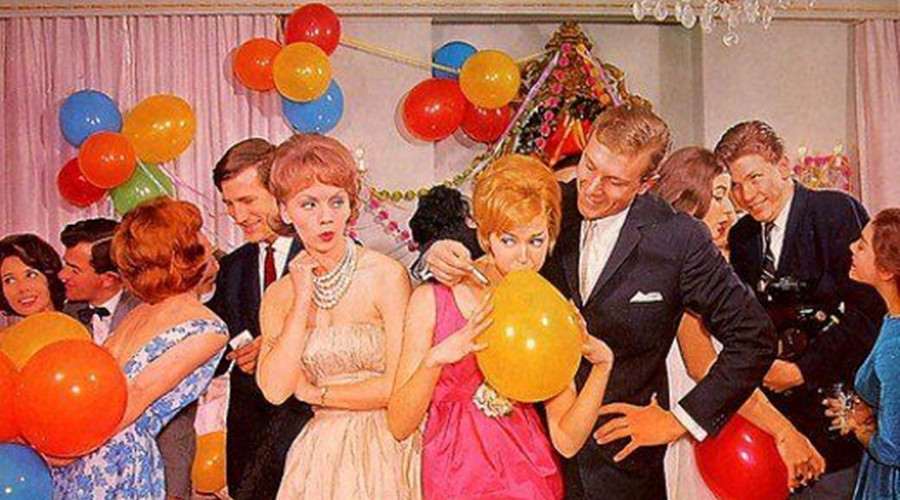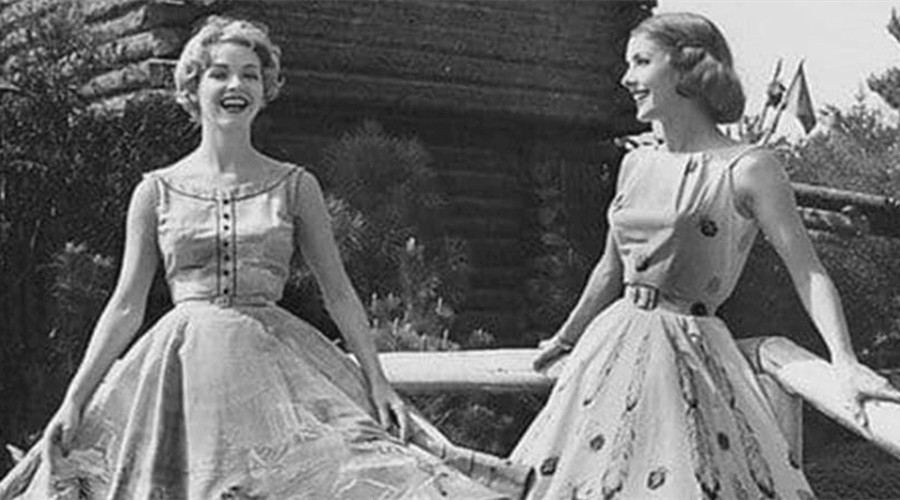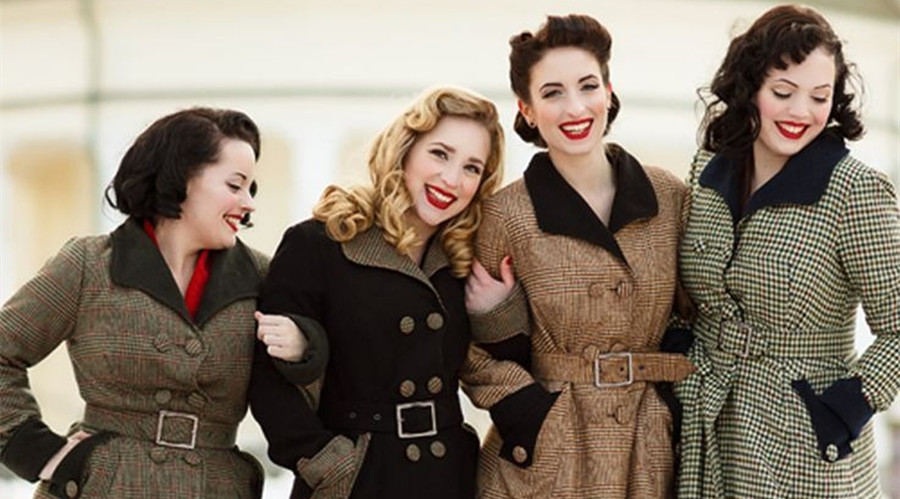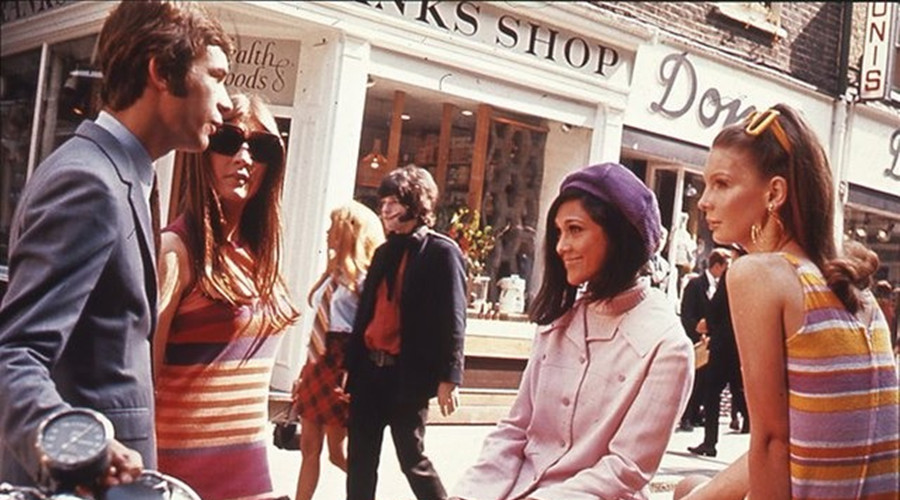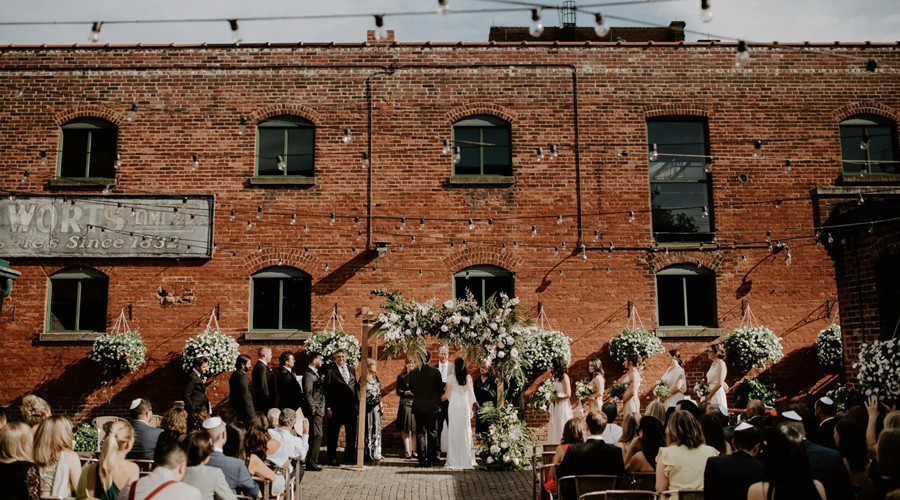1930s Men’s Tie History
A tie is a piece of cloth usually worn over a shirt (under the collar) and knotted around the neck. Both men and women can wear ties, and for ages, they have flawlessly rocked them.
Ties come in different types. Such examples are bow ties, ascot ties, bolo ties, cravat, stock ties, and knit ties.
The known existence of men’s tie dates back to the 17th century. It was a time when Croats serving in France (during the 1618 -1648 war) wore a knotted kerchief around their necks.
Even though many found it as an interesting piece of fashion, it was not until Louis XIV started wearing it that it became popular.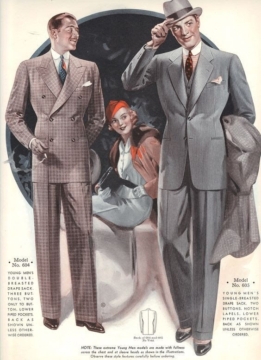
As decades and centuries go by, the fashion trend witness different kinds of ties evolution.
- The 17thcentury saw the introduction of stock ties.
- Then in the 18thcentury, neckerchief ties (scarves) and cravats started to compete with stock ties.
- By the beginning of the 19thcentury, people were much interested in modifying existing ties, in appearance and function.
- The 20th-century ties were bow ties and neckties. Men prefer their ease of use, and the ascot ties (suitable for a formal dinner).
- In this 21stcentury, you can find different tie knot types to enhance your look. What’s more, there are even already knotted ties to make life easier.
Why did men’s ties become popular in 1930?
1870 to 1914 was a period of the second industrial revolution. It was a time when the advancement of technological systems escalated.
That means more industries and companies; more job opportunities. Therefore, this doubled the need for a tie.
However, simpler tie versions were on-demand, as men wanted something comfortable and easy to knot.
For this, neckties were more appropriate and adopted as a formal accessory for work wear (suits and shirts).
Also, manufacturers became inspired to make men’s fashion a lot better. Therefore, they made use of the opportunity to produce knotted ties.
All men needed were to grab a tie and put it on.
What did ties look like in the 1930s?
Ties in the 1930s’ fashion were not much different from what we have today. The majority of the differences were in the designs, patterns, and fabrics used.
In addition to that, the 1930s ties were mostly shorter, broader, and the knots tighter.
My grandma would say that 1930s ties were bold enough to match men’s ego at that time. Nowadays, you can get them in slimmer forms.
1930 Tie knot Styles and Patterns
More so, popular ties at that time were neckties, commonly known as tie, bow ties, and ascot ties, as earlier mentioned.
As neckties were generally accepted, men started to look for ways to enhance their appearance. Therefore, introducing different tie knots styles.
Some of the vintage tie knot types are Eldredge knot, Atlantic knot, Windsor knot, Cape knot, Pratt knot, Capsule knot, and Nicky knot.
With the modern styles, you have other varieties such as Trinity knot, Rose knot, Tulip knot, Vidalia knot, Queen knot, Deivao knot, Truelove knot, and many more.
One of the predominant tie knot types was the Windsor knot.
Bow ties too were common, but it was most suitable for daywear or formal dinner rather than workwear.
The 1930 bow ties were usually in plain and polka dots patterns, whereas, neckties came in varieties of patterns. Such patterns include stripes, checks, windowpane, and plaid.
One good thing about fashion is that it is ever-evolving. When it does, it comes out much better.
Today, you can still find many vintage-inspired ties of the 1930s in glamorous prints and patterns you cannot resist.

